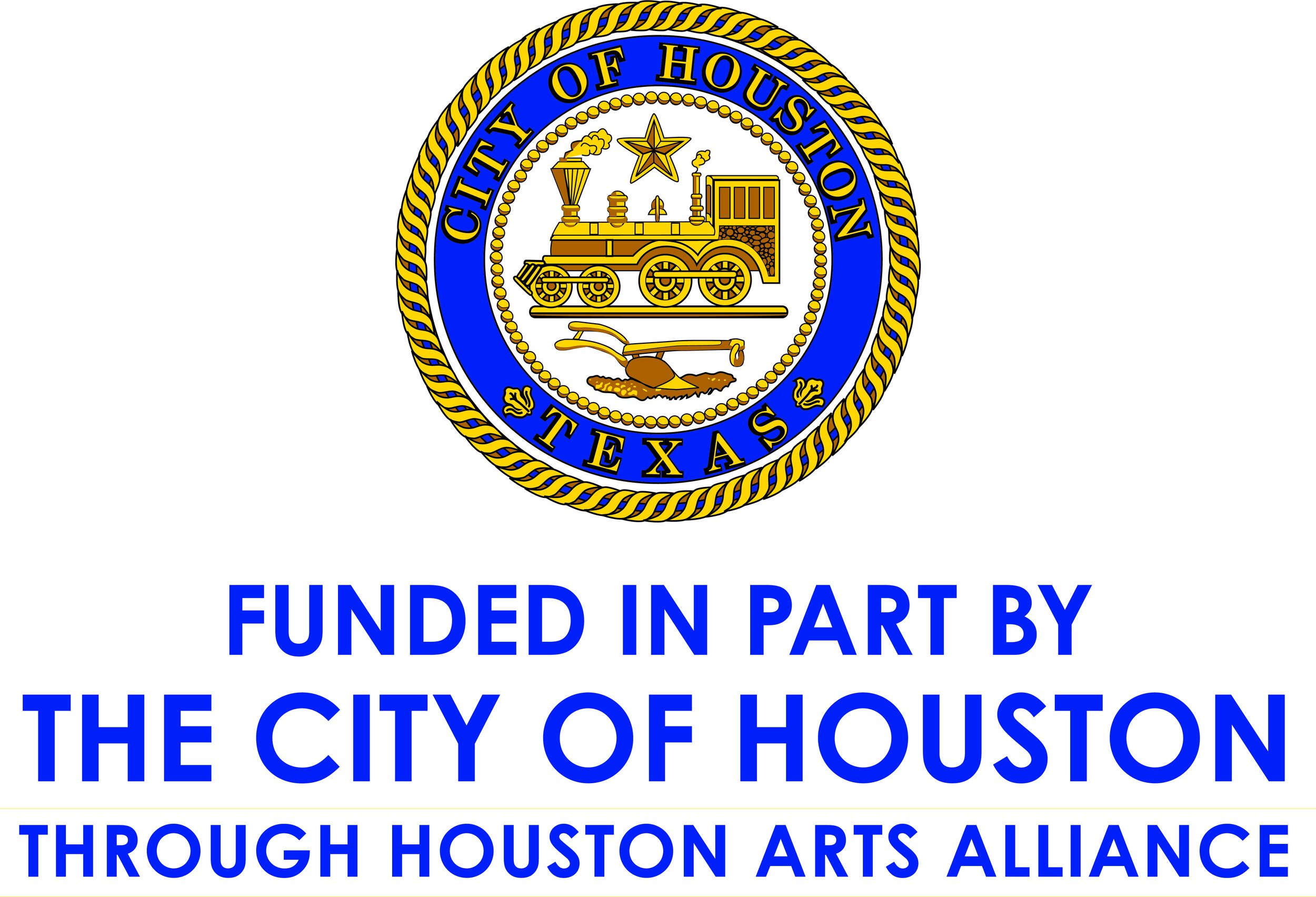HISTORY ON TAP
Join The Heritage Society’s free Community Outreach Program for adults: a monthly lecture series at New Magnolia Brewing Co, located at 1616 Bevis Street. Every second Thursday of the month, expert speakers bring Houston’s rich history and culture to life in a relaxed brewery setting. Mingle with fellow history enthusiasts, enjoy craft brews, and deepen your connection to the city you love.
Raise Your Glass to This!
A Million Miles from Nowhere: A Texan’s Adventures in Kaliningrad
Thursday, December 11, 6:30 PM
Join us at the New Magnolia Brewing Co. at 1616 Bevis Street for our lecture series on the second Thursday of the month.
Grab a pint, pull up a stool, and join us for an evening where Texas’ cowboy past meets the perfect craft brew.
A Million Miles from Nowhere: The Geopolitical Puzzle of Kaliningrad
Kaliningrad is a place of contradictions — a Russian territory tucked inside the European Union, both central and isolated, familiar yet mysterious. Once the Prussian city of Königsberg, today it stands as a strategic outpost on the Baltic Sea, a region whose geography makes it vital to global politics while its separation leaves it feeling distant and disconnected.
In this lecture, Professor Floyd W. Holder IV takes audiences on a journey into Kaliningrad’s unique story. From its historic roots to its modern role as a geopolitical flashpoint, he reveals how this exclave embodies the tension between geography and power. It is a region that is, quite literally, in the heart of it all — yet a million miles from nowhere.
About the Speaker Floyd W. Holder IV
Professor of Government, Galveston College
Floyd W. Holder IV brings a dynamic blend of academic expertise and global experience to his role as Professor of Government at Galveston College. He holds a B.S. in Geography and an M.P.A. in Public Administration from Texas State University, along with both an M.A. in Political Science and an M.S. in Geography from Texas Tech University.
With a passion for exploring the intersection of politics and place, Professor Holder specializes in geopolitics—evaluating political phenomena through a geographical lens. His teaching and research emphasize how geography shapes political systems, decisions, and global interactions.
Holder’s worldview is enriched by extensive travel: he has journeyed through 41 states, 41 countries, 6 continents, and visited 113 Hard Rock Cafés, including seven trips to Russia, which he fondly refers to as the “motherland.” These experiences provide him with unique insights that he brings into the classroom, connecting theory with lived global realities.
He is also the author of A Trek Through American and Texas Government (Cognella Academic Publishing), a storied approach to learning about government that blends narrative with scholarship to engage students in understanding the complexities of American and Texas political systems.
#Beer #Free #Program #SpeakerSeries #TexasHistory #Russia #Poland









